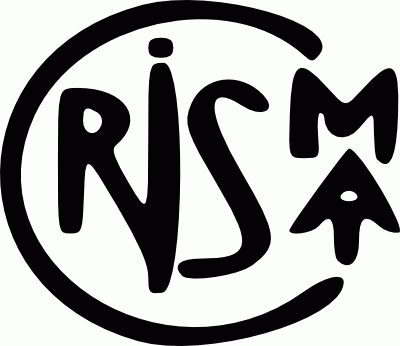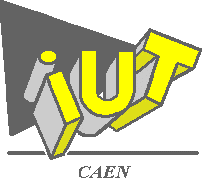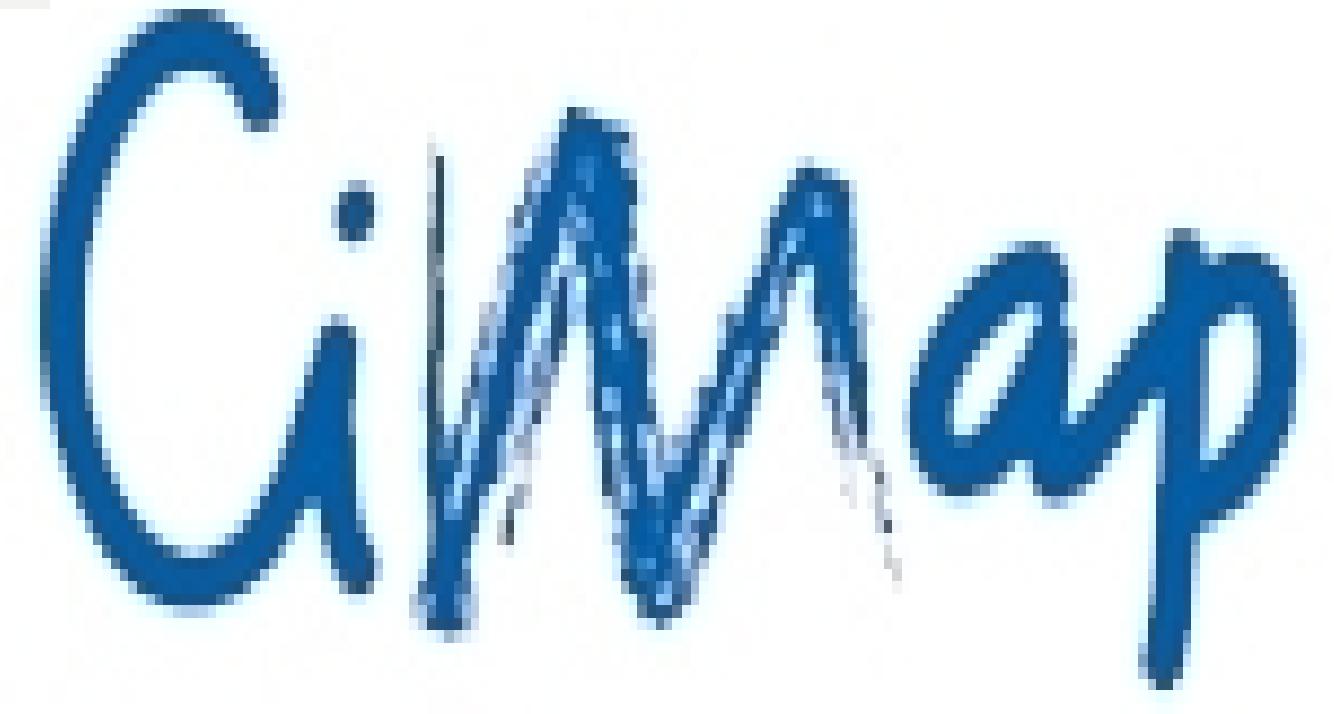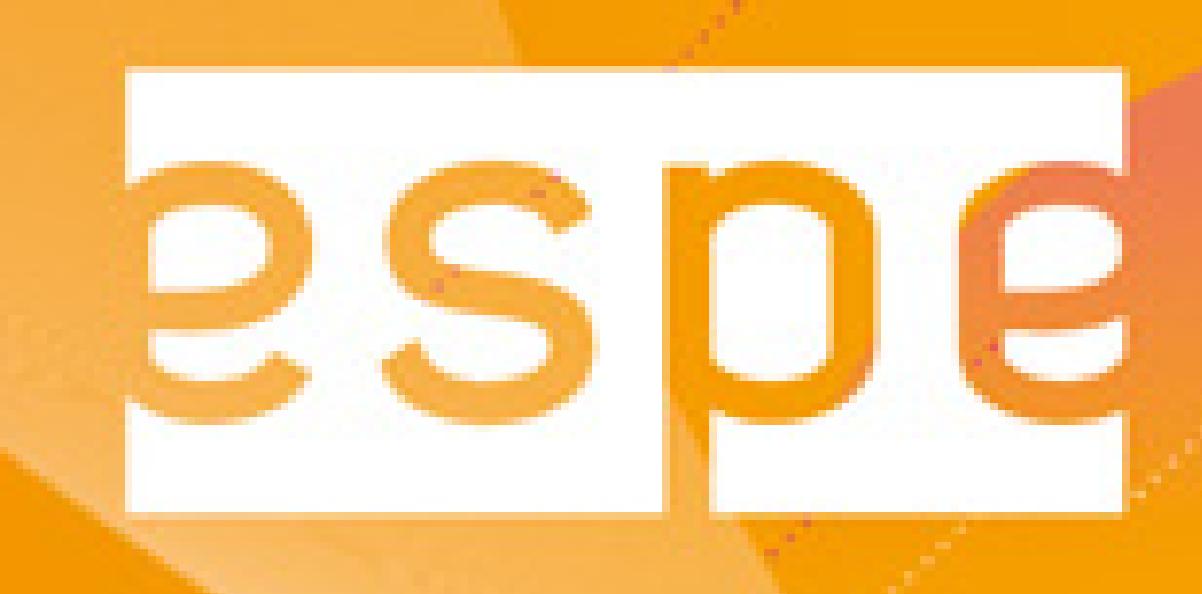





Content
Assessment
Diploma
Requested
Applying
Goodies
Teachers
Acknowledgements
Students
Free Sample
The QTA (Quantitative Texture Analysis) Internet Course is accomplished in 11 sessions, exclusively on Internet and asynchronous. The amount of work expected to accomplish the diploma in 3 monthes is one or two full working days a week. Documents and exercises are sent by e-mail. The diploma is attributed on the basis of a continuous control of exercises, and after a final examination.
Why this diploma ? Many crystallised or partly crystallised samples exhibit preferred orientations (texture) of their crystallites, which provides anisotropic properties of the polycrystal. These properties are needed for applications or specific measurements. Furthermore, many fabrication processes create preferred orientations that are either desired or not, but that one has to fully characterise in order to understand what is going on in his materials ...
Some examples:
- Aluminum rolling generates textures that condition its mechanical properties and save trashes when properly utilised.
- New high critical temperature superconductors crystallise in strongly anisotropic phases. To optimise their properties such as critical current densities or levitation powerfulness, one needs to texture them.
- Spectroscopic investigations (EXAFS, ESR, Raman ...) show simplified signatures when samples are textured, which enhance the characterisation quality.
- In microelectronics, epitaxial films are often needed to remove grain boundary effects or to properly use anisotropic properties. Epitaxy is a particular form of texture.
- In geology and geophysics, the deformation history is strongly linked to the development of textures in the rocks.
- In palaeontology, the texture characterisation provides new character sets for mollusc phylogeny discussions.
- Powerful magnets or optimised sensors are elaborated when a texture is stabilised.
- Macroscopic magnetic anisotropy exists only in textured samples and can be simulated from textural data.
- Some polymers strengthen with the achievement of textures.
- Spontaneous polarisation, pyroelectric and piezoelectric coefficients depend strongly on the preferred orientations.
- Elastic wave velocities and macroscopic anisotropic elastic tensorial properties can be calculated by the orientation distribution analysis.
- Ionic conductivities of bulks and thin structures are depending on the orientation of the crystallites.
- In powder diffraction analysis, quantitative phase, size and microstrain, residual stresses, structure, Rietveld analyses are all affected by the presence of texture. Modelling the latter in a combined manner often solves the problems
We propose you in this course to comprehend what crystallographic texture means and how it influences properties or measurements.
